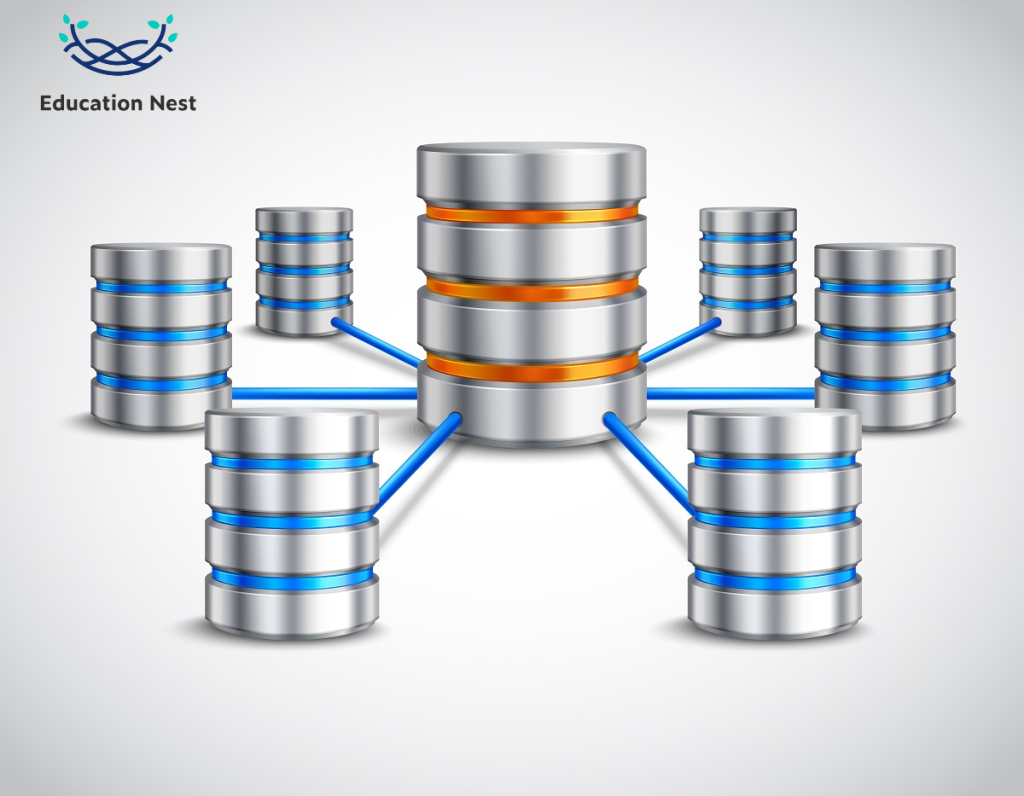The Mean Stack and the Mern Stack are prominent web development platforms programmers use worldwide. These stacks are built on similar technology, such as JavaScript and MongoDB, but their front-end tools are distinct.
A “stack” in software development is a collection of technologies that work together to create an app. The stack typically comprises various tools, frameworks, libraries, and programming languages that collaborate to create a complete application development solution.
In this article we will be discussing what is the difference between the mean and mern stack.
What is Mean Stack?
MEAN stack is a full-stack web development framework that allows you to construct dynamic web projects using four open-source technologies. MEAN full form is MongoDB, Express, Angular, and Node.js.
Features of MEAN Stack
Following are the features of mean stack –
JavaScript–based: The MEAN stack is based on JavaScript, the most popular computer language for creating websites.
Full–stack development: utilizing only JavaScript, programmers may create an online game from the front end to the back end using the MEAN stack.
Open source: The MEAN stack’s tools are all open sources. This means that anyone can use, modify, and distribute them.
Cross-platform: The MEAN stack is compatible with various operating systems, including Windows, Linux, and macOS.
High performance: The MEAN stack is designed to be extremely quick, with concise load and reaction times.
Who is a Mean Stack Developer?
To become a MEAN stack worker, you must be well-versed in JavaScript. The MEAN stack’s primary programming language is JavaScript. Front-end programming necessitates extensive knowledge of HTML and CSS. You must also understand web application architecture and design patterns to create scalable and manageable apps.
What skills does Mean Stack Developer have?
A MEAN stack developer’s major responsibilities are as follows:
- Node.js with Express server-side development.
- Using MongoDB to create and manage databases.
- Using Angular to create front-end interactions and RESTful APIs.
- Testing and maintenance of web applications on servers or cloud platforms.
Salary of a MEAN Stack Developer
A MEAN stack worker in India typically earns roughly INR 600,000 per year.
It’s crucial to remember that these figures are only estimates and that a MEAN stack developer’s income can vary significantly based on various circumstances.
What is a MERN Stack?
The MERN stack is notably famous for creating user-friendly real-time web apps, single-page applications (SPAs), and advanced web applications (PWAs). Many businesses and organizations use it to make web apps, from tiny initiatives to massive commercial systems.
MERN Stack is frequently used in place of MEAN Stack. MERN abbreviation means “MongoDB, Express, React, and Node.
Features of MERN Stack
The MERN stack is popular among web developers because it includes numerous beneficial features.
React: React enables writers to create user interfaces that are simple to modify. The declarative grammar of React facilitates complex UI design and maintenance.
MongoDB: MongoDB, a NoSQL database, stores data as JSON-like documents. It has the potential to grow. MongoDB’s document-based data format allows developers to organize and update data.
High performance: The MERN stack is built with rapid load and response times, making it perfect for developing real-time web applications.
Express: Express is a popular Node.js web application framework that provides tools and resources for creating online projects. Express simplifies the understanding of routes, requests, and middleware.
NodeJS: With Node.js, developers may use JavaScript outside of a browser. Node.js includes several APIs and plugins that enable developers to create quick, scalable online applications.
Who is a MERN Developer?
A MERN developer is a software developer that specializes in creating web applications using the MERN stack. To construct a full-stack web application, a MERN worker must be well-versed in all aspects of the stack, including MongoDB, Express, React, and Node.js.
What Skills MERN developers must have?
Proficiency: Because all MERN products are created in JavaScript, MERN developers must be proficient in the language.
Front End Development Skills: MERN developers should be familiar with React front-end code, including user interface, state management, and reusable components.
Back End Development Skills: MERN developers should understand how to create APIs, handle requests and responses, and work with databases.
MongoDB: MERN developers must understand how to use MongoDB’s searches, databases, collections, and records.
Version control: MERN developers should use Git to track code changes.
Debugging: MERN developers must know how to automate tests and fix flaws in code to ensure that their applications are excellent and trustworthy.
You Must Know: Building Efficient Databases with SQL Table: A Complete Walkthrough
Salary of a MERN Developer

Starting MERN developers with one to three years of experience could make between INR 400,000 and INR 600,000. Mid-level hackers with a lot of experience earn between INR 8,000,000 and INR 12,000,000 annually. Senior MERN coders with eight or more years of experience can make up to INR 15,000,000.
The salaries of MERN developers in India depend on the job market and industry. Salary levels may be affected by how many MERN workers are needed, how much it costs to live there, and how many developers compete.
MEAN v/s MERN Stack
| MEAN | MERN |
| MEAN uses the AngularJS framework. | MERN uses the ReactJS library. |
| Google Inc. supports MEAN. | Facebook Inc. backs MERN |
| It is not easy to learn | It is now much easier to learn. |
| MEAN keeps code abstract and takes care of files. | MERN creates code at a quicker rate. |
| MEAN Stack is better for architecture at the programs need to be made quickly. | MERN is used when smaller business level. |
Conclusion
MEAN Stack and MERN Stack both provide access to similar functionality in their unique ways. MEAN and MERN are both equally essential in the present application development market. They are a crucial aspect of full-stack development and are growing increasingly popular.
